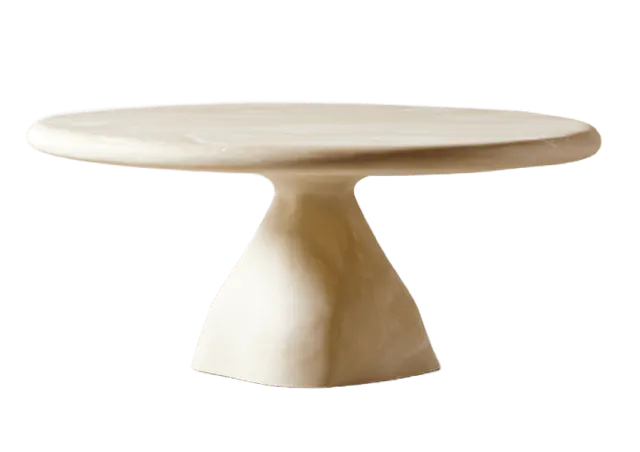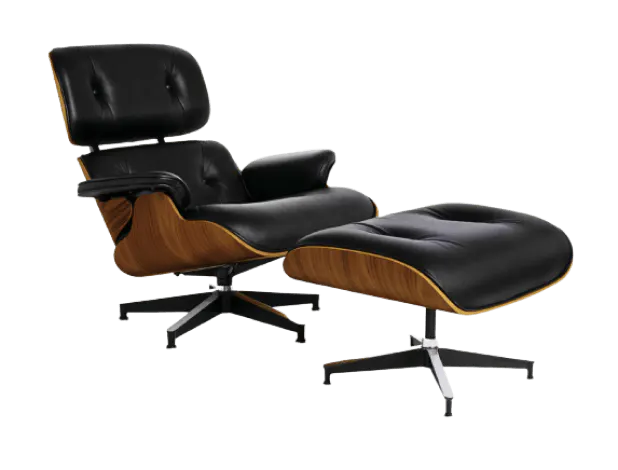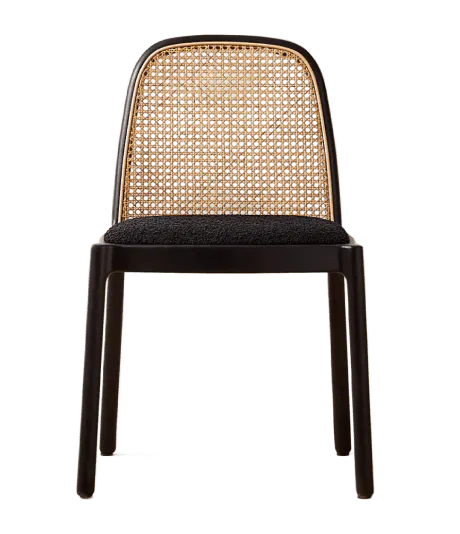Bathroom Bench
Things to consider
Consider the size of the bathroom bench. Make sure it fits well in the space without making it cramped.
Think about the material. Wooden benches add warmth, while plastic ones are easy to clean and maintain.
Check the weight capacity. The bench should be sturdy enough to support the expected weight.
Look for benches with non-slip feet. This ensures stability, especially in wet conditions.
Consider benches with storage options. Some have shelves or compartments for towels and toiletries.
Evaluate the design and style. Choose one that matches the bathroom's decor for a cohesive look.
Check if the bench is easy to assemble. Some come in one piece, while others require tools to put together.
Consider if the bench is water-resistant. This is important to prevent damage in a humid environment like a bathroom.
Good to know
What are the benefits of using a bathroom bench?
A bathroom bench offers several benefits, including providing a comfortable and stable seating option for individuals who need assistance while showering or grooming. It can enhance safety by reducing the risk of slipping or falling in the shower, especially for the elderly or those with mobility issues. Additionally, a bathroom bench can also serve as a convenient surface for placing toiletries or as a step for easier access to high shelves.
How do you choose the right size bathroom bench for a small shower?
When choosing the right size bathroom bench for a small shower, it's important to measure the shower space accurately to ensure the bench fits without crowding the area. Consider the width and depth of the shower, and select a bench that allows for comfortable movement and access to shower controls. Opt for a compact design that maximizes seating area while minimizing the footprint in the shower.
Is a bathroom bench safe to use for elderly or disabled people?
Yes, a bathroom bench is generally safe for elderly or disabled individuals when it is specifically designed for stability and support. Look for benches with non-slip rubber feet, sturdy construction, and a weight capacity that suits the intended user. Some benches also come with additional safety features such as handles or backrests, which can provide extra support and confidence during use.
Can a bathroom bench be used in a bathtub?
A bathroom bench can be used in a bathtub if it is designed to accommodate such use. Look for benches that are labeled as tub benches or transfer benches, which are made to straddle the side of the tub. These benches are typically adjustable in height and provide a secure and stable seating option, making it easier to enter and exit the bathtub safely.
What materials are best for a bathroom bench to prevent slipping?
The best materials for a bathroom bench to prevent slipping include non-slip surfaces such as textured plastic, teak wood with a naturally slip-resistant finish, or benches with rubberized grips. These materials provide traction and stability, reducing the risk of slipping when the bench is wet. Additionally, benches with non-slip rubber feet help keep the bench securely in place, further enhancing safety.
What are the benefits of using a bathroom bench?
A bathroom bench offers several benefits, including providing a comfortable and stable seating option for individuals who need assistance while showering or grooming. It can enhance safety by reducing the risk of slipping or falling in the shower, especially for the elderly or those with mobility issues. Additionally, a bathroom bench can also serve as a convenient surface for placing toiletries or as a step for easier access to high shelves.
How do you choose the right size bathroom bench for a small shower?
When choosing the right size bathroom bench for a small shower, it's important to measure the shower space accurately to ensure the bench fits without crowding the area. Consider the width and depth of the shower, and select a bench that allows for comfortable movement and access to shower controls. Opt for a compact design that maximizes seating area while minimizing the footprint in the shower.
Is a bathroom bench safe to use for elderly or disabled people?
Yes, a bathroom bench is generally safe for elderly or disabled individuals when it is specifically designed for stability and support. Look for benches with non-slip rubber feet, sturdy construction, and a weight capacity that suits the intended user. Some benches also come with additional safety features such as handles or backrests, which can provide extra support and confidence during use.
Can a bathroom bench be used in a bathtub?
A bathroom bench can be used in a bathtub if it is designed to accommodate such use. Look for benches that are labeled as tub benches or transfer benches, which are made to straddle the side of the tub. These benches are typically adjustable in height and provide a secure and stable seating option, making it easier to enter and exit the bathtub safely.
What materials are best for a bathroom bench to prevent slipping?
The best materials for a bathroom bench to prevent slipping include non-slip surfaces such as textured plastic, teak wood with a naturally slip-resistant finish, or benches with rubberized grips. These materials provide traction and stability, reducing the risk of slipping when the bench is wet. Additionally, benches with non-slip rubber feet help keep the bench securely in place, further enhancing safety.
What are the benefits of using a bathroom bench?
A bathroom bench offers several benefits, including providing a comfortable and stable seating option for individuals who need assistance while showering or grooming. It can enhance safety by reducing the risk of slipping or falling in the shower, especially for the elderly or those with mobility issues. Additionally, a bathroom bench can also serve as a convenient surface for placing toiletries or as a step for easier access to high shelves.
How do you choose the right size bathroom bench for a small shower?
When choosing the right size bathroom bench for a small shower, it's important to measure the shower space accurately to ensure the bench fits without crowding the area. Consider the width and depth of the shower, and select a bench that allows for comfortable movement and access to shower controls. Opt for a compact design that maximizes seating area while minimizing the footprint in the shower.
Is a bathroom bench safe to use for elderly or disabled people?
Yes, a bathroom bench is generally safe for elderly or disabled individuals when it is specifically designed for stability and support. Look for benches with non-slip rubber feet, sturdy construction, and a weight capacity that suits the intended user. Some benches also come with additional safety features such as handles or backrests, which can provide extra support and confidence during use.
Can a bathroom bench be used in a bathtub?
A bathroom bench can be used in a bathtub if it is designed to accommodate such use. Look for benches that are labeled as tub benches or transfer benches, which are made to straddle the side of the tub. These benches are typically adjustable in height and provide a secure and stable seating option, making it easier to enter and exit the bathtub safely.
What materials are best for a bathroom bench to prevent slipping?
The best materials for a bathroom bench to prevent slipping include non-slip surfaces such as textured plastic, teak wood with a naturally slip-resistant finish, or benches with rubberized grips. These materials provide traction and stability, reducing the risk of slipping when the bench is wet. Additionally, benches with non-slip rubber feet help keep the bench securely in place, further enhancing safety.










